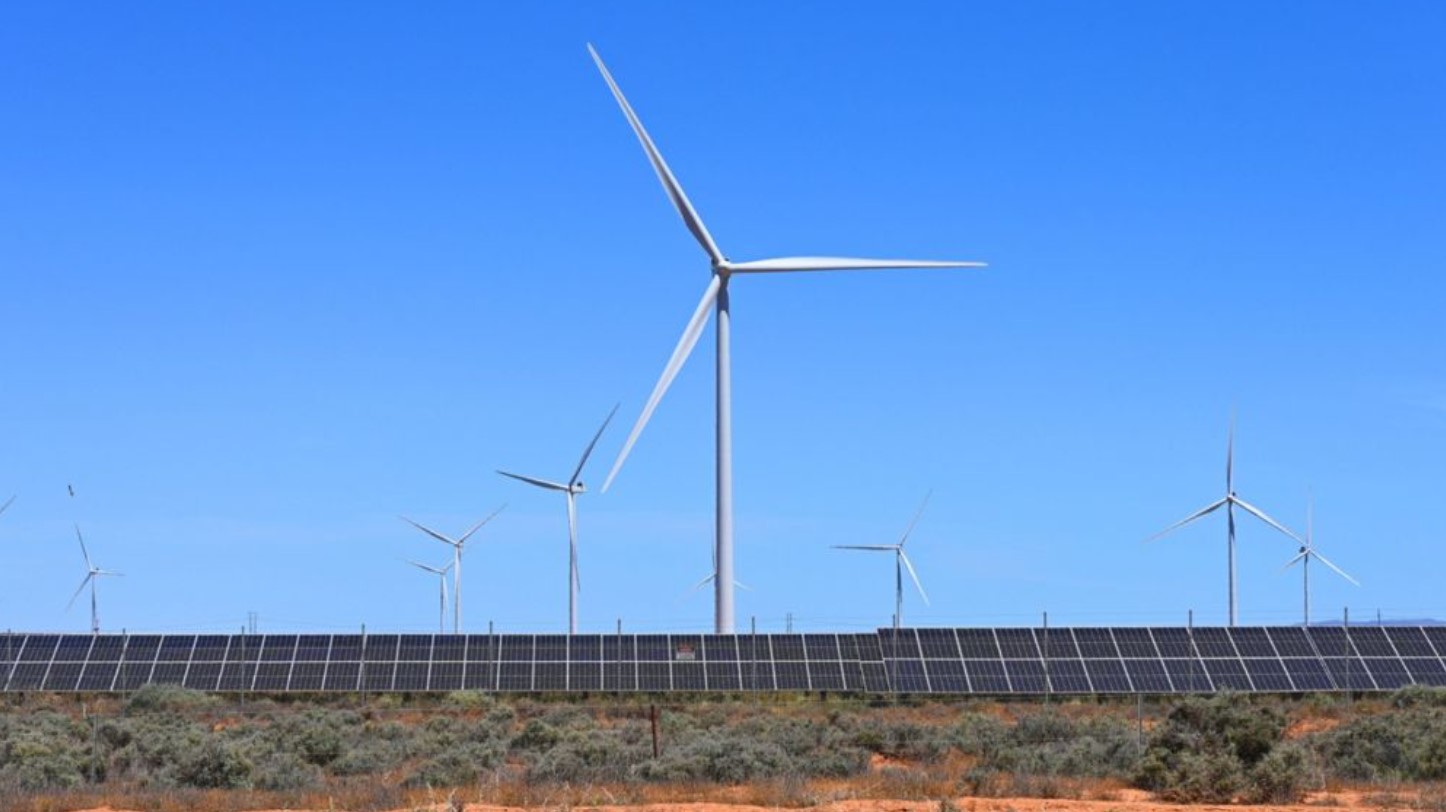Western Green Energy Hub, a proposed renewable energy plant to be constructed in Australia, has undergone a capacity upgrade and will now produce 70 GW of power instead of the previously planned 50 GW. When ready, the project will be spread out over an area larger than the countries of Slovenia and El Salvador.
As demand for clean energy increases, countries are racing to build high-capacity renewable energy projects capable of handling the future’s energy demands. Interesting Engineering covers these projects in great detail, but every now and then, a major project surpassing previous achievements is declared.
The Western Green Energy Hub is largely a wind and solar energy facility proposed in the Shire of Dundas, and the City of Kalgoorlie-Boulder, which is far southeast of Western Australia, stands out.
The proposed facility will cover an area of 2.2 million hectares (22,700 square kilometers), which is bigger than the areas of entire countries such as Slovenia and El Salvador.
How will it be built?
The Western Green Energy Hub will feature 60 million photovoltaic panels spread across 35 solar farms to be constructed in the region. Additionally, the project will have 3,000 wind turbines with a power rating of 7 MW to 20 MW.
Construction of these solar farms will occur in seven phases over a three-decade horizon. When ready, the facility will consist of 35 nodes, each with a 2-3 GW power generation capacity and a total project capacity of 70 GW.
The facility will generate over 200 TWh of renewable energy annually. This is similar to Australia’s current electricity generation capacity, which is 274 TWh, according to recent estimates.
The project envisages being a major contributor to Australia’s transition to a cleaner energy economy by 2050. At full capacity, the estimated cost is AUD$100 billion, a press release said.

Future-proofing the project
Given the long timeline for executing the project, the developers are keen that it can adapt to technological developments in the renewable energy space in the years to come. While onshore wind turbines typically have a power rating of 7 MW, Western Green Energy Hub is exploring options for turbines with power ratings as high as 20 MW for this project.
While the primary sources of power generation remain wind and solar energy technologies, the facility will also aim to make ‘green hydrogen,’ with electrolyzers and related infrastructure planned on-site.
After Phase 1 is completed, the facility is expected to produce 330,000 tonnes of green hydrogen annually. When the project is completed in its entirety, hydrogen production is planned to reach 3.5 million tonnes per annum.
Another application for the green energy generated is the production of green ammonia. This has been proposed as a ‘base case’ and will largely be exported and used for environmental impact assessment purposes.
InterContinental Energy and CWP Global are executing the project. They have already worked on supersized energy projects with capacities exceeding 25 GW in Oman and Australia, respectively.

